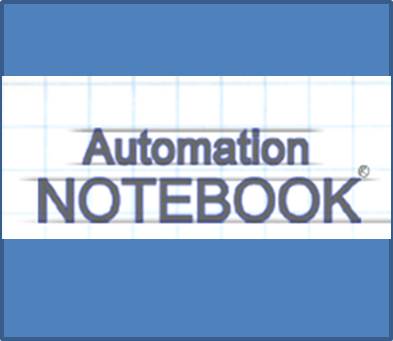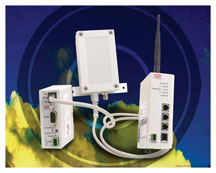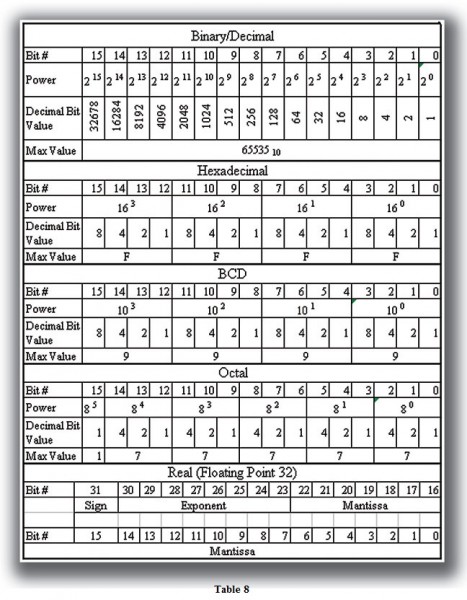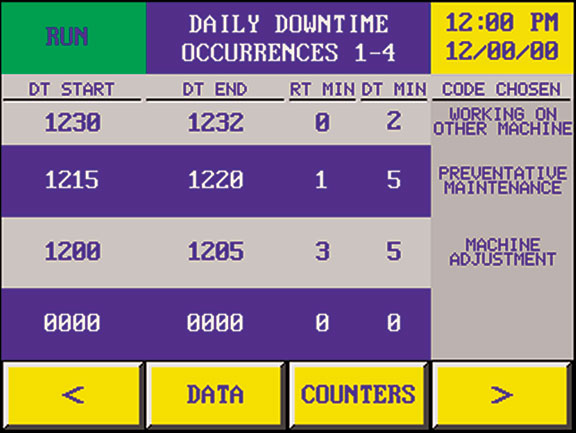+Tech TopicsApplicationAutomation NotebookData System MonitoringIssue 3 – 2005Learning ResourcesNotebook IssueTechnology Brief
Safeguarding Your Computer
In this day and age it seems most of us spend more time cleaning the little spies and pests off our computers than truly using them for productive work or play. One thing you can count on in technology is that you won’t really miss it until it’s gone, and if you’re not careful your…










